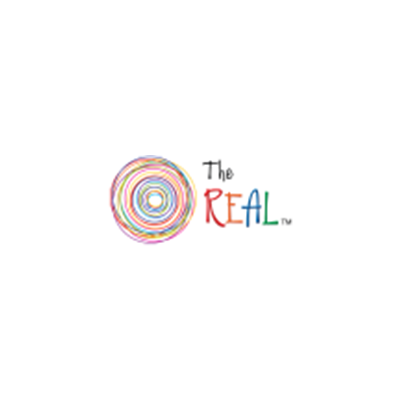Kristin Roll, MA, OTR/L, William Roll, MA
Overview:Assess children’s ability to care for themselves
Age Range:2:0–18:11
Scoring Option:Hand Scoring
Completion Time:15-20 minutes
The REAL™ (The Roll Evaluation of Activities of Life) offers a useful screening instrument to help professionals assess children’s ability to care for themselves at home, at school, and in the community. This standardized rating scale provides information on the activities of daily living (ADLs) and independent activities of daily living (IADLs) most common among children ages 2:0–18:11.
The REAL helps measure how a child:
- Obtains the supplies needed to complete the activity
- Is or is not able to maintain a safe body position while performing the activity
- Sequences all the steps required
- Problem-solves and makes appropriate and safe choices during the activity
Recommended Uses
The REAL may be used as a screening tool by medical professionals, occupational therapists, psychologists, mental health workers, and special education teachers in a variety of settings, such as outpatient hospitals, outpatient public or private clinics, mental health facilities, and educational settings. This assessment helps to:
- Determine the need for skilled and supportive services—Presents standardized scores that quantify a child’s ability level and highlight the individual’s deficits and strengths in functional ability. The assessment results help professionals determine services that are needed and quantity of care.
- Develop Individual Educational Plans and choose intervention services—Can be administered to help identify children with special needs during a school’s early intervention screening process, evaluate children with special needs who transfer from different school districts, and assess the high school special-needs population to develop transition plans.
- Make decisions on placement and living arrangements—Yields valuable information to help professionals and caregivers determine appropriate placement and living arrangements for children with special needs so that they can reach their highest level of independence and best quality of life.
- Evaluate programs—Offers a useful measurement of participants’ abilities prior to and after a program and can highlight program areas that have been successful and program areas that require improvement.
- Conduct research— Provides valid, reliable data and standardized scoring information to support assessment of children ages 2:0–18:11 for research projects on child development and skill attainment.
Content & Administration
Parents or caregivers rate their child’s demonstration of each skill on a scale of 0 to 3— Unable to Frequently. The instrument takes approximately 15 to 20 minutes to complete, depending on the child’s age and ability.
The REAL comprises two domains: ADL and IADL. To evaluate skills in the ADL domain, there are 78 statements that address six skill areas.

There are statements specific to female dressing and personal care devices that provide information, but do not count toward the score and were not included in standardization of the evaluation.
The IADL domain consists of 58 statements that address six skill areas.

Psychometric Information
Data were collected from a representative sample of 786 participants from 46 states who are not disabled, ages 2:0 to 18:11. Data collection began in October 2011 and ended in June 2012. Data also were collected from 58 participants from other countries (the international group) and 164 participants with disabilities (the clinical group). These data were collected using the same procedures as the normative sample.
Scoring
This test is manually scored.
The evaluation yields an ADL and an IADL score. These scores can be used to chart a child’s growth and development throughout his or her childhood, adolescence, and early adulthood.
Raw scores are the total points obtained for each section of the ADL and IADL evaluation. The ADL and IADL raw scores are relative to the respective sections and should not be compared. A raw score of 100 on the ADL section and a raw score of 100 on the IADL section do not indicate equal ability in the two domains.
The REAL provides:
- Standard scores
Standard scores represent how an individual’s abilities compare to other children in the same age group based on a normative sample. The Real standard scores are based on a mean of 100 and standard deviation of 10. After converting raw scores to standard scores, the examiner may compare the standard scores for different domains. - Percentile ranks
A percentile rank indicates the percentage of the population at or below a given score. Percentiles are used to help indicate how a participant compares to other children in the same age group. For example, a percentile of 25 indicates that 25% of the standardized sample scored at or below the examinee’s score—in other words, the examinee scored equal to or better than 25% of the normative sample. - Standard error of measure
The standard error of measure (SEM) is an estimate of error in an observed test score. The examinee’s evaluation score plus and minus the standard error of measurement is the range within which the examinee’s true ability lies, given the probability level on which the SEM is calculated.
An Overview of The REAL: The Roll Evaluation of Activities of Life
Presenter: Adam Scheller, PhD
In this brief, informational overview, learn more about The REAL and how it can be used in various settings.






